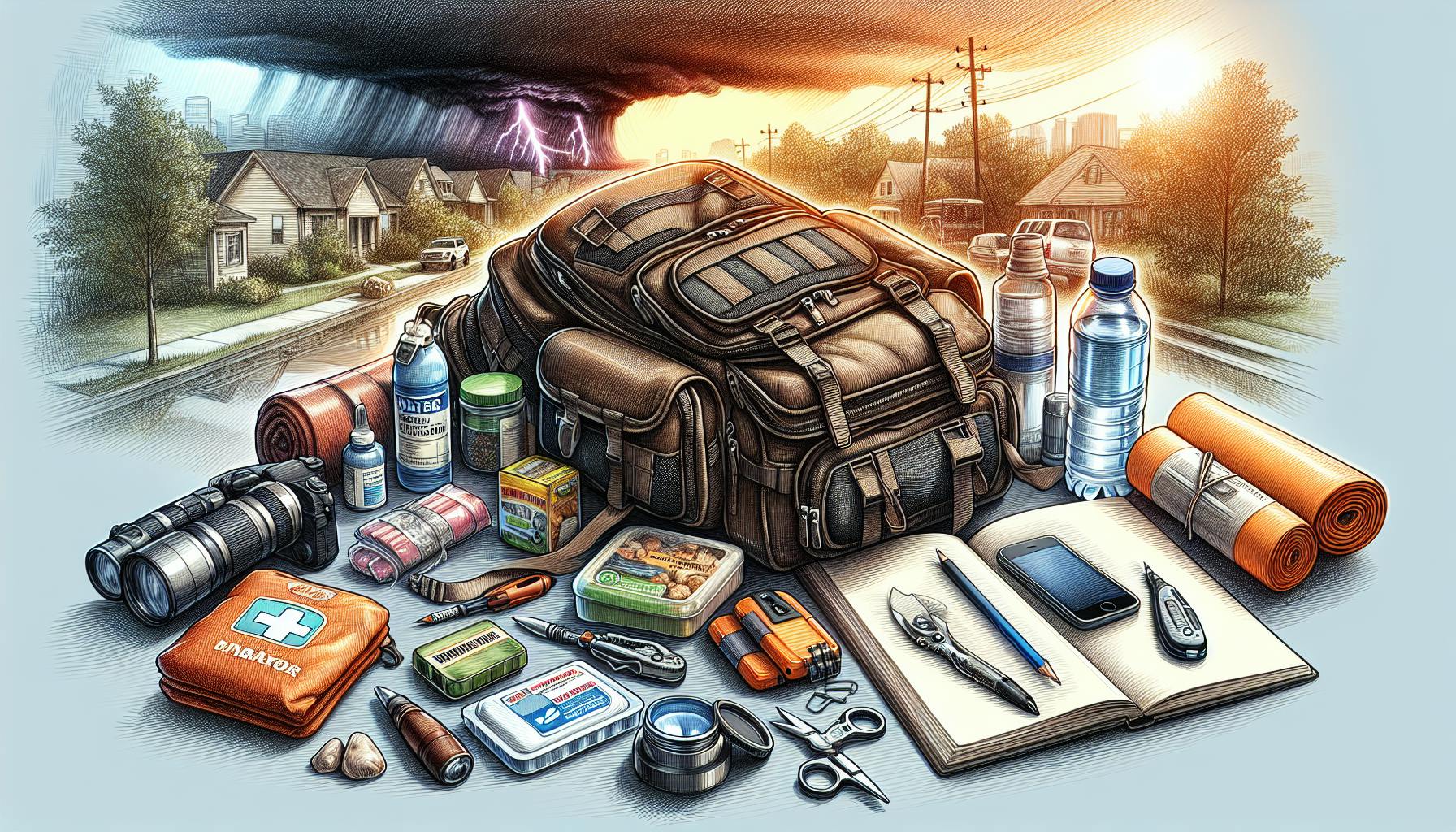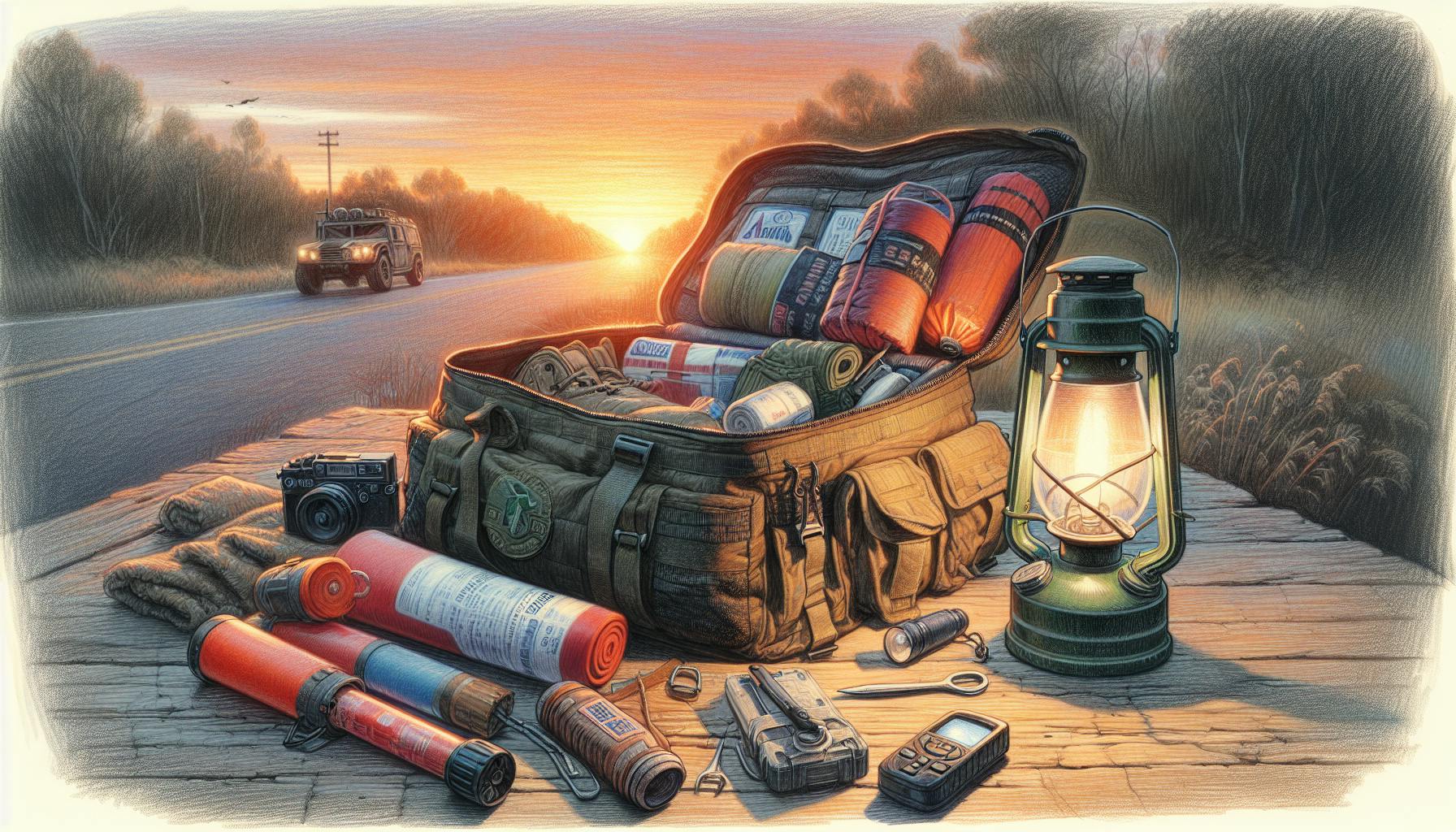Introduction to Paracord
Paracord is a lightweight nylon rope that was originally used in parachutes during World War II. It gets its name "para" cord from parachute cord. After the war, paracord was adopted for civilian uses and is now a popular tool for survival situations and general use. Paracord is valued for its strength, durability, and versatility. It can be used for tasks like securing gear, building shelters, climbing, fishing, and more. Paracord comes in different sizes but most are around 550 pounds tensile strength.
History and Evolution of Paracord
Paracord was first known as parachute cord used in the suspension lines of parachutes during World War II. It was valued by the military for its high strength-to-weight ratio, which allowed parachutes and troops to be suspended with lightweight but strong cord. The term "para" cord is derived from parachute cord.
After World War II ended, surplus paracord was made available for civilian uses. Its properties of durability, flexibility, and strength made it ideal for civilian applications like boot laces, tying gear, utility rope, and camping. Since then, paracord has expanded beyond its military origins into a versatile utility cord for the general public.
Over time, the popularity of paracord has risen, especially among preppers and survivalists who value it for disaster preparedness. A range of colors, lengths, and grades of paracord are now widely available to civilians. Mil-spec paracord guarantees quality control while commercial grades offer more affordability. Paracord continues to evolve into an essential supply for any prepper's toolkit.
Construction and Composition
Paracord consists of an outer sheath and inner yarn strands. The inner yarn is made of several twisted nylon threads. Mil-spec paracord has 7-9 inner yarn strands while commercial cord has 3-5 strands. The outer sheath is a braided nylon shell that contains the inner yarn strands and gives paracord its round shape. The combined inner strands and woven sheath give paracord its flexibility, durability, and strength.
Types and Sizes of Paracord
Paracord comes in several types and sizes based on its tensile strength. The four main types are:
- Type I - 95 lbs tensile strength
- Type II - 225 lbs tensile strength
- Type III - 550 lbs tensile strength
- Type IV - 750 lbs tensile strength
Type III paracord with approximately 550 pounds tensile strength is the most popular. It is often referred to as "550 cord" and has 7-9 inner yarn strands.
Paracord is measured by its diameter. Sizes range from 2 mm for micro cordage up to 6 mm for Type IV paracord. The most common 550 paracord is around 4 mm diameter.
Properties and Strength
The key properties of paracord come from its nylon construction and inner core/outer sheath design. Paracord's strength is rated by pounds of tensile strength. This indicates how much weight a cord can hold before breaking.
Popular paracord tensile strengths are 95 lbs, 225 lbs, and 550 lbs. The more inner yarn strands, the higher the tensile rating. This construction gives paracord tremendous strength for its light weight. For example, 550 paracord can suspend over 500 pounds yet compresses down.
Beyond high strength, paracord is durable, weather/water resistant, and flexible enough to tie tight knots. It combines several ideal properties that make it versatile for many uses.
Uses and Applications
Paracord's versatility stems from its desirable properties. Some of the most common uses include:
Camping/Hiking
- Securing tents, tarps, or bear bags
- Lashing hiking poles or splinting injuries
- Replacing broken boot laces and straps
- Making fishing line or bow strings
Hunting/Fishing
- Building animal traps and snares
- Stringing game after hunting
- Fishing line and nets
- Securing equipment like tree stands
Survival
- Building shelters and structures
- Creating tools like saws, nets, or drill cords
- First aid like tourniquets, securing splints
- Signaling devices and emergency rope
Everyday/Utility
- Clothesline and securing loads
- Leashing/tying pets
- Gear repairs like packs, boots, etc
- Replacing broken laces and straps
With so many uses, paracord is considered an essential item for any emergency or survival kit.
Key Properties of Paracord
High Strength-to-Weight Ratio
Paracord has incredible strength for its light weight. 550 paracord can lift over 500 lbs yet compresses down. This makes it ideal for suspending weight or hauling heavy loads.
Durability
The tightly woven nylon stands up to abrasion, rotting, and weathering. It retains integrity even when dragged over rough surfaces. Mil-spec paracord is designed for longevity.
Adaptability
Paracord can serve many uses beyond a simple rope. The inner strands remove to make cordage, nets, saws and more. It adapts to unpredictable situations.
Compact Size
Paracord compresses down small for storage yet has great length when unwound. Easy to pack lengths into bags or survival kits.
Weather/Water Resistance
The nylon sheath resists absorbing water and dries quickly. Maintains strength when wet. Withstands UV rays, humidity, and temperature extremes.
Key Differences: Mil-Spec vs Commercial Paracord
Mil-spec paracord adheres to military specifications while commercial paracord varies more in quality. Following are some key differences:
| Property | Mil-Spec | Commercial |
|---|---|---|
| Inner Strands | 7-9 | 3-5 |
| Quality Control | Highly controlled | Varies more |
| Strength | 550-750 lbs | 95-550 lbs |
| Cost | More expensive | Affordable pricing |
| Uses | Critical applications | General purpose |
Mil-spec paracord excels in quality control and performance consistency. It meets exacting military specifications for inner strand count, strength, and durability. This makes it ideal for critical applications like rappelling, towing vehicles, or securing heavy loads.
Commercial paracord offers more diversity of colors, lengths, and strand counts at lower prices. It works well for general purpose uses like tying gear or clothesline. But quality varies more across commercial brands.
When selecting paracord, consider your specific application and needs. Mil-spec provides guaranteed excellence while commercial suits more casual uses.
Key Sources for Purchasing Paracord
Several sources exist for purchasing paracord:
Online Shops - Major online retailers like WeLovePrepping offer both mil-spec and commercial cord in bulk lengths and colors. Look for discounts on large quantities.
Brand Names - Trusted brands like WeLovePrepping guarantee quality across their paracord selection. May pay more but ensures performance.
Military Surplus - Surplus mil-spec paracord is available from military supply stores. Often in 100-500 ft lengths for low cost.
Camping/Hiking Stores - May carry select colors and sizes, sometimes at higher per foot prices. Convenient if needing smaller lengths.
DIY Craft Stores - Offer a variety of commercial paracord for crafting and hobby projects. Varying quality so inspect closely before purchase.
When possible, inspect cord quality directly before purchase. Higher strand counts indicate higher strength. Mil-spec paracord will always have 7-9 inner yarn strands.
Key Takeaways on Paracord
-
Paracord is versatile nylon rope originally used in WWII parachutes, now popular for camping, survival, and emergencies.
-
It comes in types I, II, III, IV ranging from 95 lbs to 750 lbs strength. 550 lb Type III is most common.
-
Mil-spec paracord guarantees quality and performance while commercial varies more.
-
Paracord excels in high strength, durability, adaptability and weather resistance.
-
It has many uses like shelter building, securing gear, fishing, snares, replacing shoelaces and straps, rappelling, and more.
-
Consider mil-spec paracord for critical uses and commercial for general purposes. It's an essential item for any survival or prepper kit.
In summary, paracord is versatile and durable nylon rope that has evolved from military parachutes into an indispensable utility cord. With its lightweight strength, weather resistance, and adaptability, paracord serves countless functions from replacing boot laces to emergency rappelling. It is considered an essential supply for preppers, survivalists, and anyone needing a sturdy and reliable cord. When selecting paracord, evaluate mil-spec vs. commercial grades based on your intended uses. Investing in quality paracord pays off when you need it the most.


